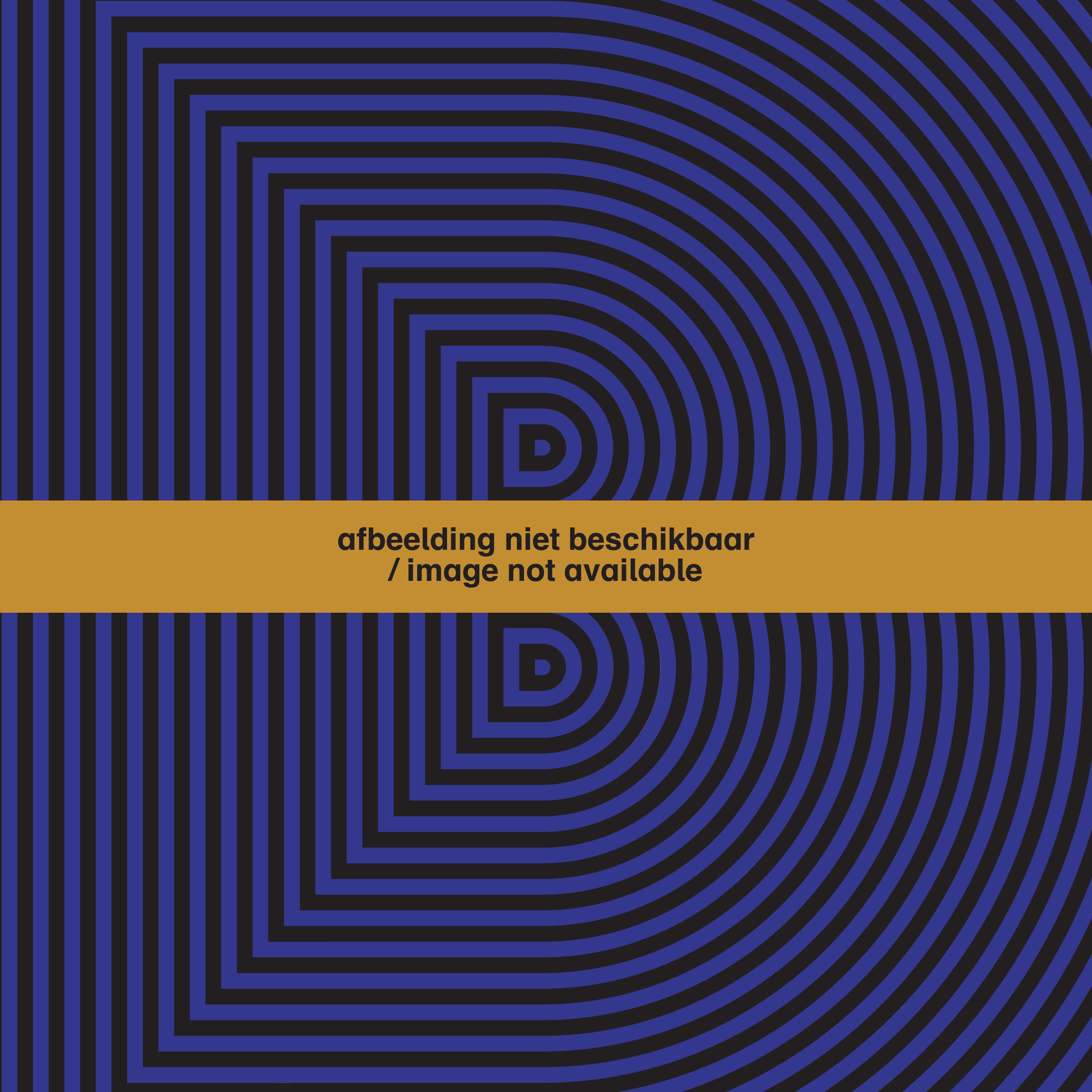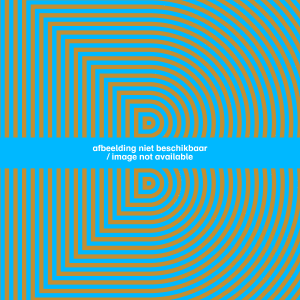Henri Storck grew up in Ostend, which was home to several great Belgian artists, including Léon Spilliaert, Constant Permeke, James Ensor, and his French colleague and friend Félix Labisse. In 1928, Storck established a film club and invited the French filmmaker René Clair to show his work. The following year, Storck began working on a series of short Surrealist films shot in his hometown. In 1933, he worked with the Dutch filmmaker Joris Ivens on his celebrated film Borinage. Hereafter he worked in a predominantly documentary style.
Keen to continue making films during the Second World War, Storck teamed up with a German distributor to make a five-part series about rural life: Symphonie paysanne. After the war, he made one further feature film and then focussed on making innovative art documentaries. The Henri Storck Foundation was established in 1988 to make his films available and to foster appreciation of other important Belgian filmmakers.

Henri Storck
Oostende 1907 - Brussel 1999


